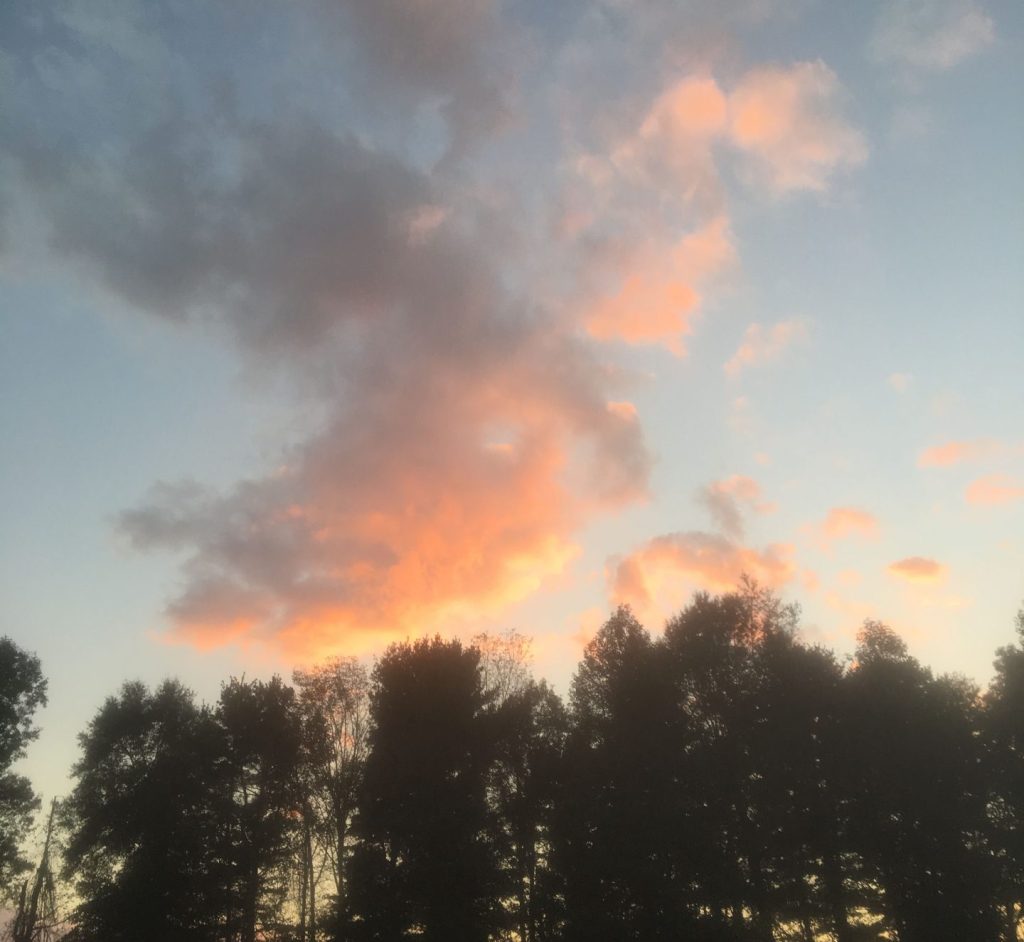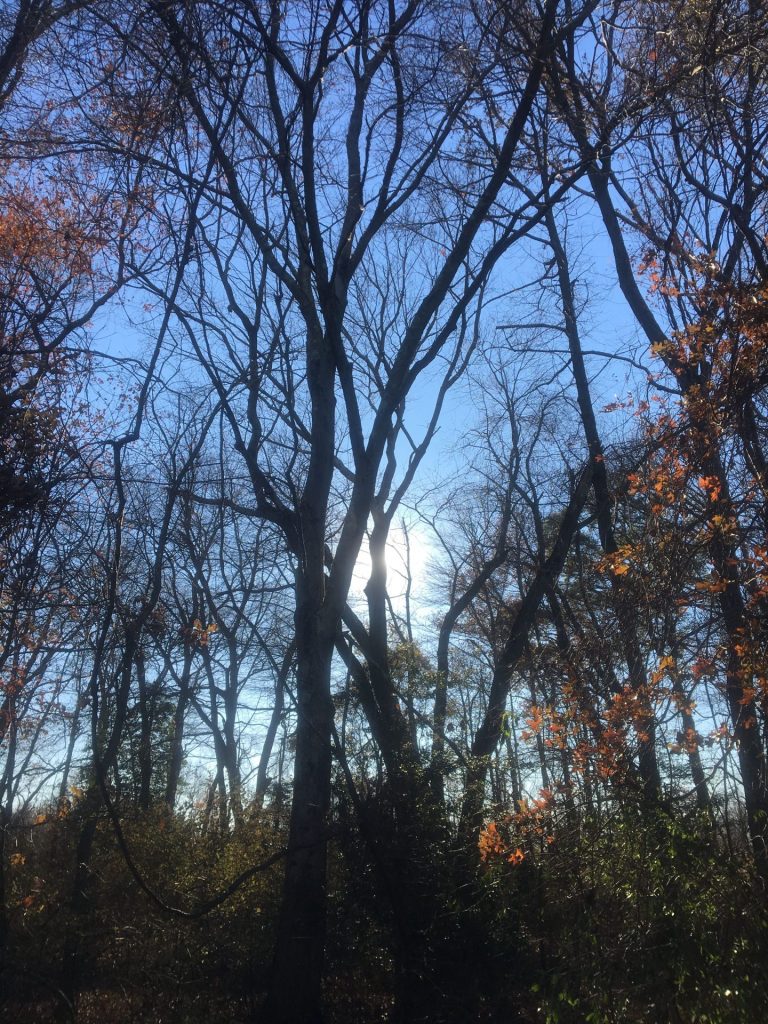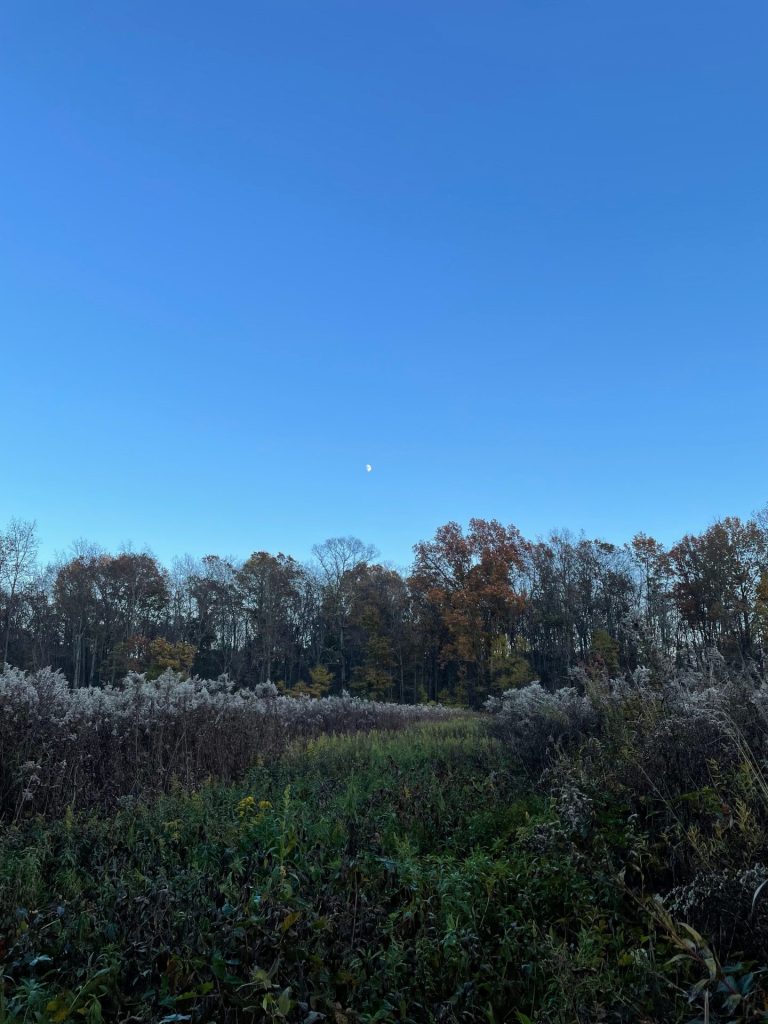
“Ever see a cock pheasant, stiff and beautiful, ever’ feather drawed an’ painted, an’ even his eyes drawed in pretty?” ~John Steinbeck
But first, a story.
I hunt on public land, and sometimes I hunt for stocked birds – just like many other hunters around the country, and anyone else that hunts on private clubs that drop pen-raised upland birds for hunters to flush.
For the most part, I hunt solo. One day, a few years back, I was gearing up in the gravel lot near a local WMA, and started talking to another hunter.
At some point, he asked, “Are you alone?” I affirmed. He didn’t look askance, yet.
A few exchanges on, he asked, “Where’s your dog?” I disabused him of the suspicion that one needed a dog to hunt. (He was in the company of a pretty spaniel of some sort.)
By and by, I uncased my gun. He asked “Is that a single shot!?” I confirmed.
I broke the action. He exclaimed, “Is that a .410?!” Once more, I confirmed.
“You’re a strange hunter,” he said, “good luck.”
Later that day, I shot a beautiful pheasant, destined for a pot of pheasant stew.
No dog, no repeater, and a .410, on top of that.
It can be done. Here’s what I’ve learned over the years.
Find the Most Disgustingly Thick Cover

This is one of the pointers I nodded towards in my recent post, “12 Things I Learned Hunting Small Game,” but it holds true here as well.
Like rabbits, pheasants will not shy from the thickest, thorniest, arm-shredding, pants-ripping briars you can possibly imagine. Look for the thickest, most tangled cover you can find, and walk straight in.
There is a very good chance that there are pheasants or quail holding in that cover. I’m not sure if they gravitate towards this sort of dense cover because it helps protect them from foxes and coyotes or because they find forage there. Perhaps it’s both, but it also doesn’t matter.
By the way, this tip doesn’t mean that there aren’t birds holding in areas with low grass. I’ve seen birds hunker down and become invisible in grass that was barely 5 inches high. Just be aware that thick cover will not discourage them, but it will discourage other hunters, so if you can find it you can improve your chances of finding hard-pressed birds.
Target Edges and Linear Cover

When you’re hunting alone, trying to push through a big open piece of a field can be a challenge. Birds will literally (literally) run circles around you. As in they’ll actually just run around you without you seeing them and you’ll never get a chance at a shot.
You need to hedge your bets. One way to do that is to target cover where birds can run, but they can’t run from you forever.
For instance, if find a hedgerow or another strip of linear cover, start at one and end push steadily (not too fast) towards the other end. Birds that are hung up in that cover will run, but when they get to the end, they will panic; they’ll have nothing to do but fly.
Walk to the end of a row, then pause for a second. You may be greeted by a flush.
Don’t Neglect the Woods

Something I’ve noticed is that other hunters neglect the woods (and for that matter, low, flooded areas). To be fair, I’m guilty of the same infraction.
More or less, I stick to the upland fields when I’m targeting pheasants because I’ve noticed that most of the birds I’ve flushed have come from those areas. Naturally, I gravitate towards them.
But that doesn’t mean that there aren’t pheasants poking around in the woods. There might be fewer of them, but when the fields are getting pounded hard by groups of hunters, with dogs, no less, guess where the birds go?
Literally anywhere else, and oftentimes, that means the woods adjacent to the fields. If your area is heavily pressured, try unconventional approaches, such as targeting the woods and flooded areas. You’ll probably find fewer birds, but you may get lucky.
Slow Down
This is another one that will also profit small game hunters targeting rabbits and squirrels. It also appears in my previous article on that topic.
It works for pheasants, too. For some reason, it seems like birds get more nervous when you walk slowly by them and pause frequently than when you run by them. It’s almost like they think if you’re moving fast, you don’t notice them. Maybe they think if you’re moving slowly, you’ve seen or scented them.
These are all guesses. I’m not actually in the mind of a bird. But I do know that I’ve kicked up more birds by going slow than when I try to rush.
When you find a good piece of cover, don’t try to blow through it. Move slowly and deliberately.
Zig-Zag and Corkscrew
There’s one more thing about targeting large areas of cover that’s as important, if not more important, than slowing down. It’s to zig-zag and corkscrew a path through the field you’re pushing.
Unless you’re targeting linear cover, as I suggested above, do not move in a straight line. There are two important reasons for this.
Zig-zagging and corkscrewing through cover, on one hand, will allow you to cover a maximum amount of area. That way, you can make the most out of a large piece of cover instead of just tracing a line through it. Also, even though birds tend to run, sometimes they hunker down, close their eyes, and try to blend into one spot. When this happens, in order to increase your chances of finding them, you need to cover as much surface area as possible.
The other reason is that following a zig-zagged or corkscrewed course is unpredictable, and that makes the birds nervous.
If you’ve ever watched a dog on the trail of some game animal, such as a woodcock, you’ll notice that they tend to follow a very tortuous route. Birds probably know, instinctually, that predators follow these types of behavior.
Once again, I’m not in the minds of the birds but I do know how they act, and when you follow a circular route or one that zig-zags, not only will you cover more ground, but you’ll be more likely to flush birds. Try it next time you’re out there.
Don’t Forget to Look

This flies directly in the face of the advice that I gave in my small game post, but your eyes can actually be very helpful when you’re hunting pheasants.
Don’t get me wrong. They’re usually invisible under only a few inches of grass. But, sometimes when you’re hunting and they don’t scurry away from you, sometimes you can see them sitting on the ground hoping you don’t see them.
It is tough, and usually it’s the roosters you see, but sometimes you can see the hens, as cryptic as they are. (In my area, you can shoot hens since the birds are pen raised).
The thing about if you see them before you jump them is you get to better prepare for the shot. Believe me, I’ve missed birds because they flushed before I was ready for it. If you see them first, you can get ready.
Make a Random Turn
This is probably the best piece of advice in this entire article, and I can say without a doubt that it has worked for me on several occasions.
As you’re pushing through that field, following a corkscrew path, stop for a second, and then do something totally unpredictable. Turn around. Turn around fully or just a quarter of a turn. Both are effective. Stop a moment, then start moving in the direction in which you turned.
You see, the thing is, as I’ve noticed, sometimes birds will sit tight until you walk right past them. Unless you get way too close for comfort, sometimes they just never move an inch. And, when that happens, you usually don’t get a chance at a shot simply because you’re completely unaware you just passed a bird. Worse, sometimes you have to practically step on birds before they fly.
But here’s the thing. It totally throws them off you when you do something unpredictable like turn around, or worse, randomly change your course through cover.
Make a random move like an about face, and it normally ruffles any birds in your vicinity so completely that they immediately jump. Just be ready for it, because it usually happens pretty quickly.
Pause Often When Hunting Pheasant Without a Dog
Similar to making a random move like a turn or an about face, a pause while you’re pheasant hunting can also result in an unexpected flush.
Think of this like topwater fishing for bass. You cast that lure, twitch, wait, and wait, and then wait some more, until you just can’t wait anymore…until a bass smashes that lure.
Just like bass, sometimes you just need to be more patient than the birds. Every few steps or so, when you’re pushing a field, stop mid-movement, sit completely motionless, and listen.
This drives the birds insane, just like bass go mad at the stillness of a momentarily motionless lure. I assume it’s because the birds think they’ve been seen or scented, but either way, wait a few seconds, till you get impatient – then wait one second more, and every so often, a bird will explode out from under you.
Several times during this last season, I paused randomly, not because I was even following this technique. It was because I stopped to look at a plant or check the time, and both times, a woodcock erupted from the ground a pace or two away.
This was after our season for woodcock closed, so I had no shot, but it’s worth repeating. That reminds me, this “pausing” technique is highly effective on quail and woodcock too.
Keep that in mind the next time you’re hunting. Take frequent pauses and be ready to shoulder your shotgun.
Mark the Spot

This last piece of advice in this post has two purposes. One, to get you a shot in case you whiff on the first pace, and two, to help you recover as many birds as possible.
Sometimes, when you’re without a dog, and you are hunting alone, you miss. I’m not too proud to admit it. I’ve bagged birds, but I’ve missed my share of them too (especially when I’m hunting with the single shot .410.).
When a bird gets away from you and you miss the shot entirely, stay where you are and watch the bird go. If the bird breaks around a stand of trees or flies out of sight (which does sometimes happen) there goes your opportunity, more than likely.
But sometimes – well, sometimes, birds only fly a short distance and then come down within your line of sight.
Here’s the thing. Oftentimes, birds will come down and then take off on foot. That happens most of the time, and when that happens, you don’t have hardly any chance to kick them up again.
Yet, sometimes, they don’t. Sometimes they come down and stay right there. So, mark the spot where the bird lands, wander on over there, and start kicking around in the brush. Sometimes they come up again and you’ll get another chance to fire off a shot, and maybe, just maybe, fill your game bags.
The other thing about marking the spot is it can help prevent you from losing birds. Half the utility of hunting with a dog is that they retrieve the birds, too. They have a nose – which you lack – and that makes it much easier for them to find the birds.
So, when you shoot a bird and hit it, make sure you watch very closely where it comes down and mark the spot as carefully as you can. Get over there quickly, and look around. It is very easy to lose a bird on the ground, but if you mark the spot before trying to get over to where it is, you have a better chance of recovering it.
No one wants to wound birds. Make sure you watch where they fall so you have a better chance of finding them.
Try These Next Season
Hopefully you found these tips helpful, and if you ever go pheasant hunting without a dog, take some of them to heart.
If you’re planning on hunting along next season or without a dog, consider putting some of these into practice. They’ve worked for me and I’m confident they’ll work for you too.
Good luck, and be safe.
~The Eclectic Outfitter.